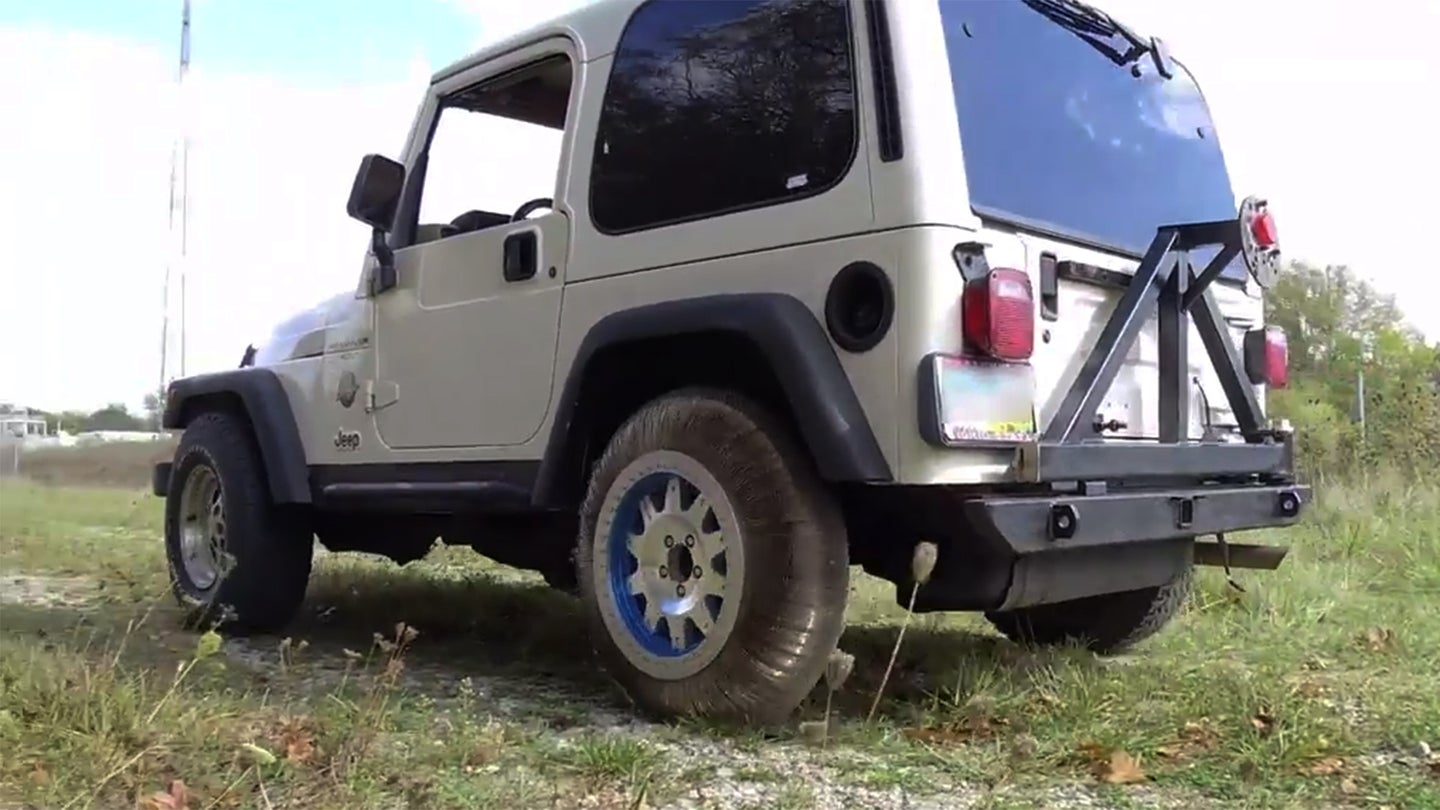NASA Reinvents the Wheel With Magic Chainmail Tires For the Moon, Mars, and Beyond
The new material is capable of deforming all the way down to the hub—and springing right back into shape.

We can debate the merits of reinventing the wheel down here on Earth, but up in space, it's a different story. Almost 6,000 years of human tinkering has yet to produce a concept that's tough enough to endure heavy use in an extraterrestrial environment, and NASA knows it needs to solve that problem before any talk of a colony on Mars (or elsewhere) can become a reality. So to advance these space-age aspirations, it's turning to a material that dates back millennia: Chainmail.
With the next Mars rover set to be launched in 2020, NASA sent its engineers back to the drawing board to prevent a repeat of the puncture problems that have beset Curiosity's aluminum wheels so far. The team at NASA's Glenn Research Center started by looking at the innovative "Resilient Wheel" on the original Lunar Roving Vehicle from the early 1970s—in particular, the airless, woven-steel construction of the tire.

Starting with a mid-2000's research project that updated the tire with modern construction techniques, the team spent several years trying to come up with a workable prototype, but none of the concepts provided the right mix of traction and durability required on the Moon or Mars. That is, until NASA engineer Colin Creager and materials scientist Santo Padula had the idea to switch the material from steel to a stoichiometric nickel-titanium alloy. When woven into interlocking coils, the alloy can deform up to 30 times more than the steel mesh, all the way down to the wheel hub. More importantly, it can spring back to its original shape with ease.

In other words, a tire designed with this material offers far more traction and longevity than steel on rugged terrain, which is especially important when the nearest tire shop is 34 million miles away. The NASA Glenn team quickly whipped up a new prototype using the magic alloy, and the laboratory results were impressive enough that NASA actually built a full-size mock-up, strapped it to an unsuspecting Jeep Wrangler, and took a video of it driving away on a little piece of the future.

NASA hasn't confirmed whether the design will be making its way to the next Mars rover, and renderings released earlier this month show a more traditional wheel design. However, NASA points out on the website it built touting the development that the chainmail wheels will be key to creating the next crewed exploration vehicle, which will have to move just a hair quicker than Curiosity's average speed of 0.000237 mph—and carry a few more pounds, too.
